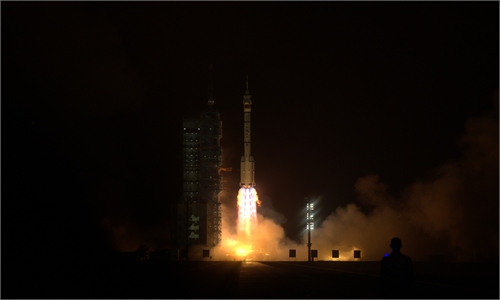AS China takes a leading role in technological innovation around the world, its efforts to help Chinese enterprises protect their intellectual property rights overseas have increased, an official from the country’s top IP regulator said.
Shen Changyu, head of the China National Intellectual Property Administration, told a news conference on Wednesday that China had 24 “top 100 science and technology clusters” by the end of last year, ranking first in the world for the first time.
The ranking was issued by the World Intellectual Property Organization in its Global Innovation Index 2023.
According to the index, the top 100 science and technology clusters were concentrated in three regions last year – North America, Europe and Asia – and more specifically in two countries – China and the United States.
For the first time last year, China was the economy with the most clusters ranked among the top 100, overtaking the US’ 21 clusters, the same as in 2022, the index showed.
Shen said the achievement was due to the improvement in the quality and quantity of domestic innovation.
He said China authorised 921,000 invention patents last year, up 15.3% year-on-year.
Shen emphasised that IP rights are crucial for an enterprise’s international competitiveness, adding that the administration has taken effective measures to help domestic companies strengthen IP protection when going global.
For instance, the administration has set up a national response and guidance centre for overseas IP disputes with the China Council for the Promotion of International Trade, and has also established stations in countries and regions with intensive trade exchanges to provide professional and efficient IP services for domestic enterprises, he said.
The centre and stations served 1,706 companies last year, helping them recover economic losses of 6.89 billion yuan (RM4.46bil), he said.
“We’ve also continued boosting the collection and supply of overseas IP information, and used online platforms to regularly release IP legal rules and risk warning messages of major nations and regions to help our companies learn about the IP situation in a timely manner,” Shen added.
He said the training of lawyers who can tackle foreign-related IP cases will be increased, and more centres and stations will be built.
China also intensified a crackdown on counterfeits and endeavoured to protect copyrights last year.
Kuang Xu, an official from the State Administration for Market Regulation, said on Wednesday that 44,100 administrative cases related to violations of trademarks and patents were resolved last year.
Among those cases, 1,376 suspected of IP crimes were handed over to judicial authorities, he added.
More than 6.4 million copyrighted works were registered last year, up 42.3% year-on-year, and 4,745 cases of piracy or copyright infringement were resolved, said Tang Zhaozhi, from the copyright management bureau at the Publicity Department of the Communist Party of China Central Committee. — China Daily/ANN
Related:
Related posts:





